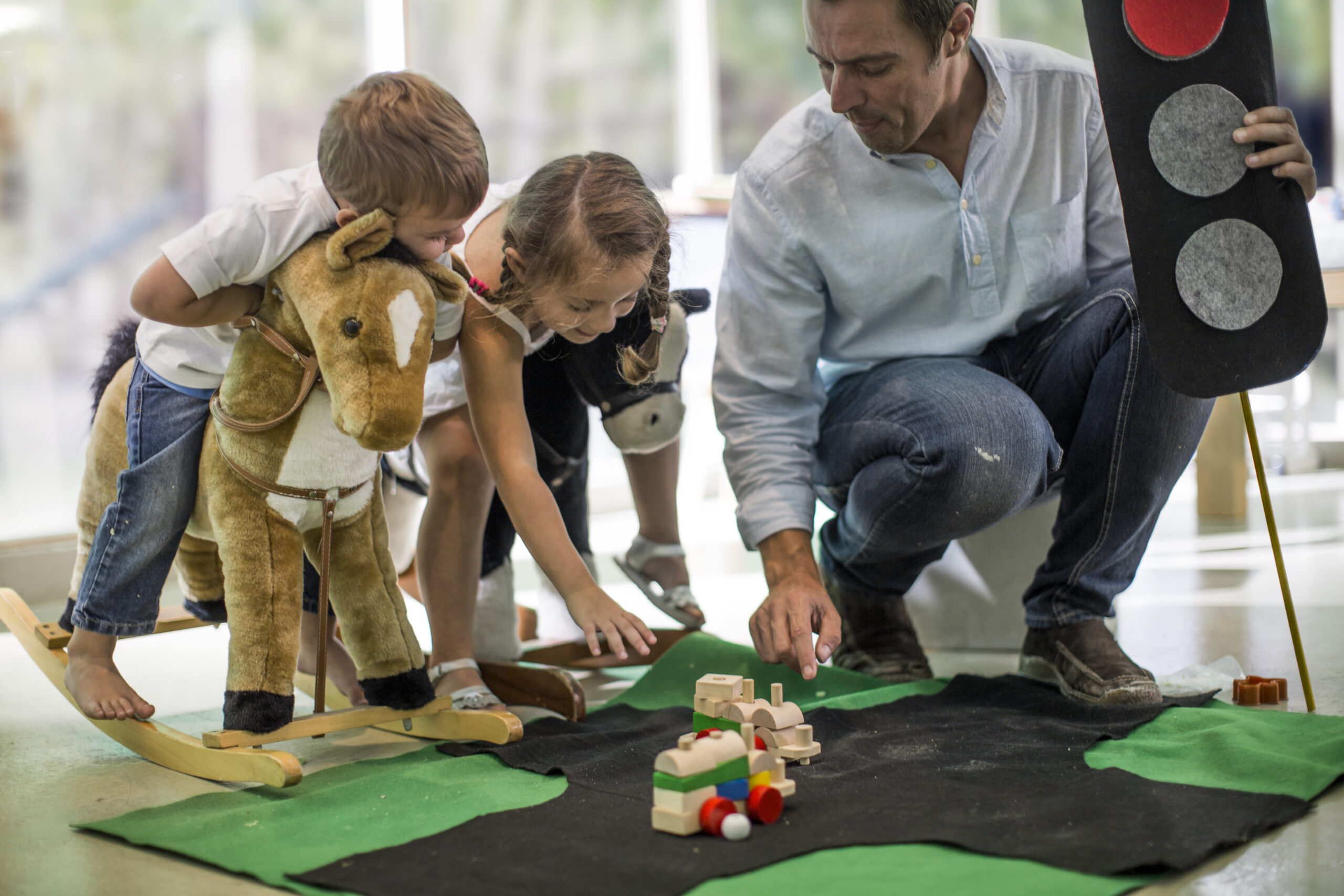How to Teach Safety Skills to Children with Autism: 10 Effective Strategies
Teaching safety skills to children with autism is an essential step in helping them navigate the world more independently and confidently. Individuals with autism may face unique challenges in understanding and responding to potential dangers, making it crucial to tailor safety instruction to their specific needs and abilities. Here are ten effective strategies for teaching safety skills to children with autism:
Create Social Stories:
Social stories are short narratives that describe social situations and appropriate responses. Develop a social story that focuses on safety, illustrating potential dangers, and the correct actions to take. Use simple language and visuals to enhance understanding.
Example: Create a social story about crossing the roads safely, explaining the importance of looking both ways, using pedestrian crossings, and holding an adult’s hand.
Use Visual Schedules:
Visual schedules help children with autism understand the sequence of activities or steps involved in a task. Use visual schedules to outline safety routines and protocols.
Example: Create a visual schedule for bathroom routines, including washing hands with soap and water and using a stepstool to reach the sink.
Modeling and Role-playing:
Children with autism often learn best through imitation. Demonstrate safe behaviors yourself, and encourage the child to imitate them in a controlled, supportive environment.
Example: Pretend play with toy cars, demonstrating how to stop at a red light and go at a green light.
Use Video Modeling:
Utilize video modeling by showing short video clips of safe behaviors and asking the child to identify them. Video modeling can be particularly effective for visual learners.
Example: Show a video of children wearing helmets while riding bikes and ask the child why they think the helmets are important.
Naturalistic Teaching:
Safety can be incorporated into daily life. Use games and activities to teach safety rules in a fun and interactive way.
Example: Play a game where the child identifies safe and unsafe items in the house, such as plastic cups (safe) and cleaning chemicals (unsafe).
Positive Reinforcement:
Positive reinforcement is a powerful tool for encouraging safe behaviors. Praise and reward the child when they demonstrate safe habits.
Example: Offer verbal praise and a small treat when the child remembers to wear their seatbelt in the car.
Utilize Visual Cues:
Place visual cues in the environment to remind the child about safety rules and expectations.
Example: Put a “Stop” sign on the front door to remind the child not to leave the house without an adult. Put an ‘X’ sign on the oven to remind the child that it is not safe to touch.
Create Rules and Boundaries:
Autistic children often respond well to consistent routines and boundaries. Set clear safety rules and reinforce them consistently.
Example: Establish a rule that the child must hold an adult’s hand while walking near a busy road.
Repetition and Practice:
Autistic children may require more practice and repetition to internalize safety concepts fully. Be patient and offer opportunities for practice.
Example: Regularly practice dialing emergency services on a play phone and explain when to use it.
Social Skill Training:
Children on the autism spectrum may respond well to social reinforcement, such as peer modeling or group activities focusing on safety.
Example: Organize a safety-focused playdate where children can learn and practice safety skills together.
Remember, each child on the autism spectrum is unique, so it’s essential to tailor the teaching methods to their specific needs and preferences. By utilizing these strategies and providing a supportive and understanding environment, you can help autistic children develop the necessary safety skills to navigate the world with confidence and independence.
Also read: What are the Benefits of Pets in Children with Autism?
About Olga Sirbu
My name is Olga Sirbu, I am a Board Certified Behavior Analyst (BCBA) and Licensed Applied Behavioral Analyst. My goal is to support and empower families and individuals on the autism spectrum.
Autism Advance is dedicated to training parents and caregivers, providing practical tips, and teaching individuals how to educate kids with autism.
I share evidence-based practices to help you better understand and support individuals with autism. Learn practical strategies to help individuals with autism reach their full potential, as well as gain a deeper understanding and acceptance of autism.
Thank you for considering Autism Advance as a resource for your autism journey.








